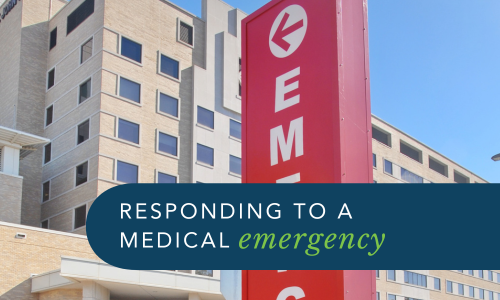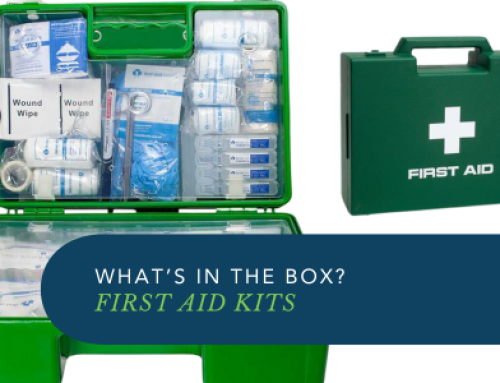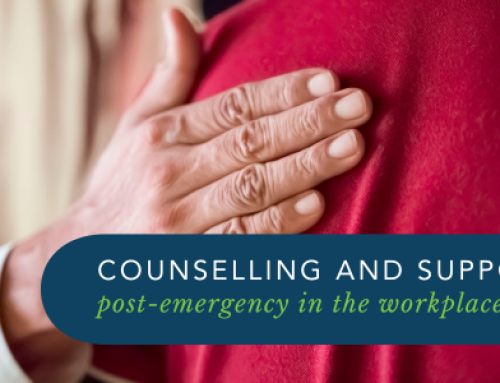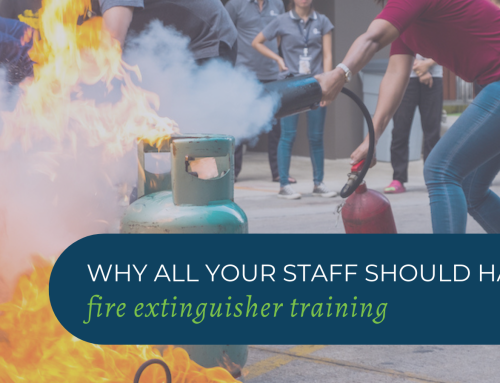Responding to a Medical Emergency – Medical Emergencies, First Responders & You
Responding to a medical emergency in your workplace, home or when out and about carries a certain amount of uncertainty and nervousness.
Will I remember what I have to do? What if I don’t have the right equipment? How do I keep myself calm? Who will help me? What if I do something wrong & the paramedics can’t fix it?
Here are just a few tips for you to take on board to feel more prepared in a medical emergency situation:
- First thing is – STOP. Take a second to look around you and work out what is happening. Identify any danger to you or other people and remove the danger if possible or stay away from it.
- If this a medical emergency that requires paramedics? If so, call 000 or get a bystander to call.
- If you have not been trained in First Aid and are not sure what to do, calling 000 can get you through to someone who may be able to advise you on what you might be able to do to help the person until the paramedics get there.
- If you have done a first aid course at some time in your life, this communication will help boost your confidence. It will help you to prioritise what is needed for this medical situation.
- The most important thing to remember is that you are not a paramedic and the 000 call centre won’t be expecting you to respond as one.
- When a 000 call is made, first responders will be dispatched. This group includes paramedics, MICA (mobile intensive care ambulance), fire fighters & police. It can be a confusing moment when you are caring for an unconscious person & you see big red truck pull up instead of an ambulance. Fire fighters are trained to provide CPR, carry an AED or defib with them & bring a sense of calm with them.
So, what are the first responders expecting from me?
Honestly, they will be grateful that someone has stepped up and attempted to help the casualty. As you hear constantly in first aid classes, something is better than nothing.
If you have been able to keep a cool head & give clear instructions to bystanders, a calm scene makes it easier for the paramedics to walk into & assess the entire situation.
What they would like, is for you to provide them with as much information as you can about what happened. Here is an acronym that you might find helpful: IMIST.
Introduction– who you are, the casualty’s details (Name and age if known) and any connection you have: are they family, a colleague or not known to you.
Mechanism of injury– how did this injury occur. What caused the person to be in this situation. (Fall, electrocution, collapse and become unconscious)
Injuries sustained– cuts, breaks, sprains, burns etc
Signs & symptoms– a sign is something we can see, such as bleeding or swelling. Symptoms are something the patient feels, such as dizzy, nausea, pain.
Treatment given– what you have done for the casualty, such as applied a bandage, or assisted with Ventolin, rolled into recovery position and kept them warm and comfortable.
It might sound a little like this:
“Hi, my name is Marg and this is my 65 year old neighbour James. He was cutting down some trees with a chainsaw and it got caught. When he pulled it, it came free and cut his arm quite deeply. He was bleeding heavily and said he felt dizzy and faint before he passed out. I have wrapped up his arm and applied pressure like the operator said and then rolled him into recovery position and raised his legs a bit.”
Once the paramedics have the information they need, they may ask for you to assist them. Paramedics work in teams of two, and depending on how far away additional help is, you might be asked to apply pressure while they perform other checks or treatments or even assist in performing chest compressions while they set up their defibrillator. Again, they are not expecting you to work to their level and they will give you instructions on what to do and how you can perform these tasks.
Anything that you do at the scene of any medical emergency will be appreciated by not only the casualty and their family but our first responders, too. It may seem to you that it didn’t seem much, but that pressure applied to a bleed stopped that person having a life-threatening bleed. Rolling the unconscious person into the recovery position helped keep air getting into their lungs. It’s little interventions that can help stop a medical emergency from turning into a catastrophe. Our first responders do an incredible job and we can help make it a bit easier in our own little way. Just do something.
Workplace Emergency Management can help you and your workplace to be more prepared for different types of medical emergencies and the overall response procedures. For more information, get in touch with our team today.
GET IN TOUCH
Are you ready for peace of mind that your workforce is as safe and prepared as possible?
With a dedicated team of staff ready to help you meet compliance requirements and improve the overall safety of your workplace, all you need to do is get in touch.
Request your free audit today!



